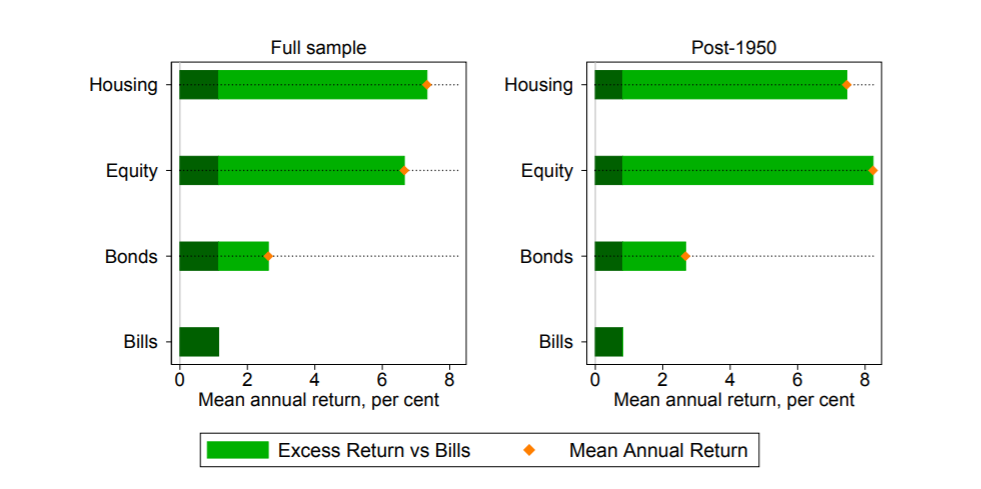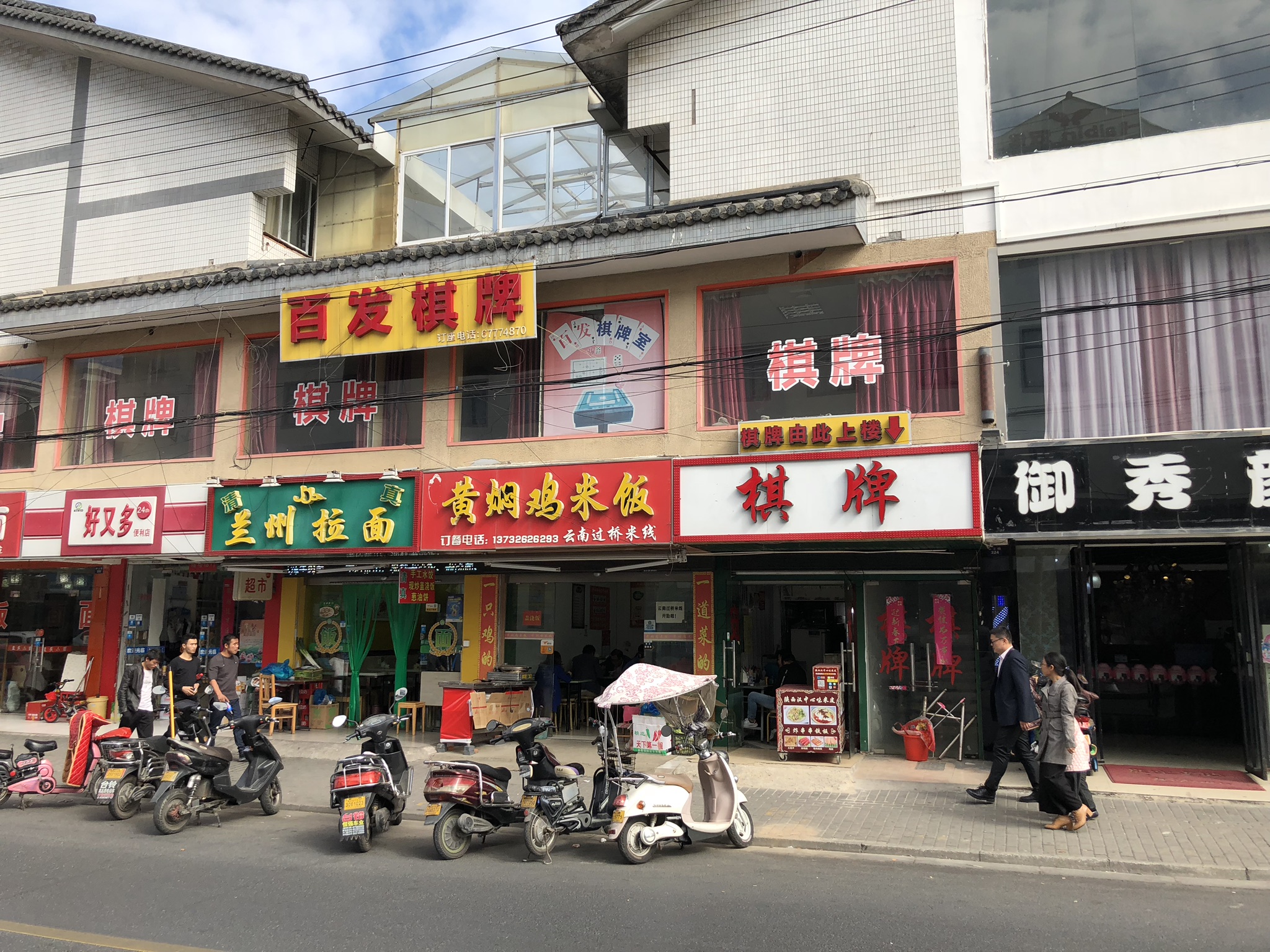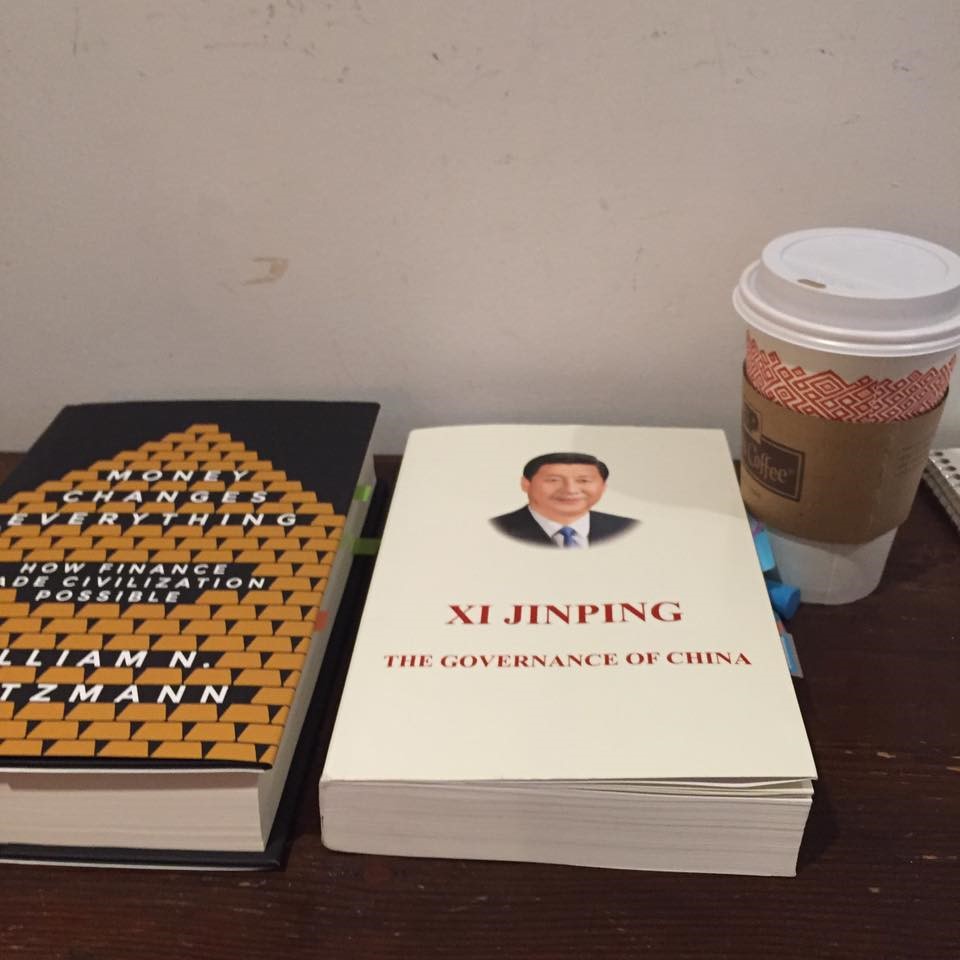On China: Traveling Abroad or Avoiding Recession
After college, I moved to Shenzhen in part because I wanted to understand China better. If you are a curious economist, then Shenzhen is a fascinating city to live and work. Shenzhen is one of the most capitalistic places on Earth and surely rivals New York City. Everyone is always talking about business, who is making money, how they are making money and what risks they are taking are all frequent topics of conversations among both Chinese and expats.
Lianhua Mountain, Statue of Deng Xiaoping
What surprised me most during these conversations was that unlike America where famous entrepreneurs are often behind most businesses, in China many of the dominant firms in each industry are actually State Owned Enterprises (SOE) jointly owned by public investors and the government. Many of these companies are profitable because they are monopolies or oligopolies and all of the competing firms within the oligopoly are SOEs. From an investment perspective, Chinese SOEs monopolies or oligopolies are potentially excellent investments, but one needs to take an empirical approach to figure out if they are being managed to maximize profit or maximize utility.
If they are being managed to maximize profit, then I’d think hard about what valuation would provide an adequate margin of safety. If the SOE is managed to maximize utility, then you’d have to understand the government’s utility function. One could imagine a scenario where the government might want to run a monopoly electric power company to provide electricity for the highest number of people such that running it at a loss might be socially optimal for a period of time but detrimental for shareholders. Furthermore, the government’s utility function can change over time (political objectives change over time), and an investor in this company must spend time talking with industry participants to observe changes and handicap impacts.
Regardless of whether or not dominant SOEs are maximizing utility or profits because they are monopolies they surely have pricing power. Pricing power is the option to price their product significantly above marginal cost. Their customers will continue to buy this overpriced product because there are no substitutes (in the case of monopoly) or all the substitutes raise their prices in kind (in the case of oligopoly). I recently realized that this microeconomic observation has implications on the macroeconomy. In effect, because the Chinese government controls SOEs, and those SOEs have pricing power, then the Chinese government can partially control inflation without influencing the money supply.
Most governments can create inflation by increasing the money supply, but most governments cannot force firms to raise prices. The Chinese government can do both, and I believe their ability to do both is an underappreciated yet important nuance that underpins China’s approach to economic policy.
One other limiting factor on the use of inflation to engage in monetary policy is the quantity of foreign denominated debt. The press is quick to point out China has a high level of debt, which stands at multiples of its GDP. However, China has issued relatively little foreign debt relative to its GDP. In 2015 the State Council claimed that it had issued about $1.7 trillion in foreign denominated debt or about 15% of 2015 nominal GDP ($11 trillion). China USD denominated debt trades for around 30-100 bps over US Treasury debt. Given the state of Chinese trade balance (large net export position), it seems very likely that China would be able to come up with $60 to $70 billion per year to cover its interest payments on the foreign denominated debt. Therefore, the amount of foreign debt is unlikely to be a limiting factor on the Chinese government's ability to manage its economy while juggling inflation.
Ultimately, inflation will harm Chinese citizens in many respects. For example, a weaker currency makes it much more costly for them to travel abroad to countries with stronger currencies. Cash savers will be harmed in lockstep with inflation, and I suspect this concern is one of the primary drivers behind residential real estate demand. All things considered, if the government is forced to choose between making it easier for people to travel to Switzerland for leisure tourism or preventing a recession by creating inflation, I believe they will act to avoid a recession.






































